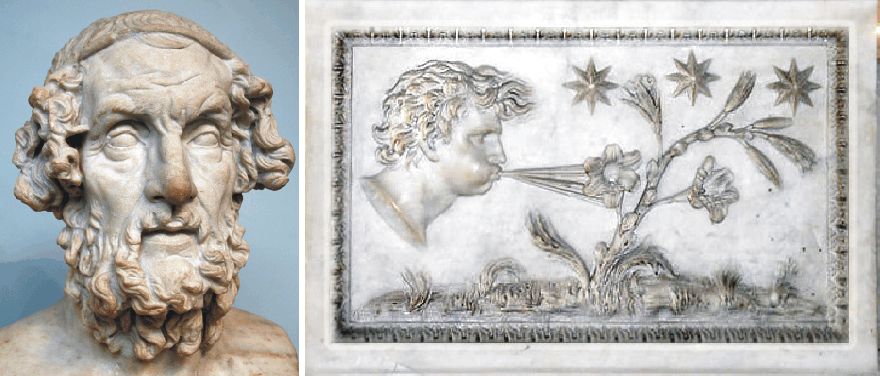The saying “A dry May and a leaking June” is an example of traditional weather lore with roots in ancient Greece. This saying is traced back to Theophrastus, a Greek philosopher who lived in the fourth century BC.
In his book *On Signs*, Theophrastus compiled various weather-related observations into a single volume, making it an early attempt at systematic weather prediction.
While Aristotle had theorized about weather in his work *Meteorology*, it was Theophrastus who focused on practical forecasting, effectively becoming one of the first published meteorologists.
One of his key ideas was that weather patterns often follow a cycle of opposites, so a dry May typically precedes a rainy June, and a wet winter is followed by a dry spring.

Theophrastus documented numerous signs for predicting weather conditions such as wind, storms, and rain. Some of these signs are quite straightforward, like the expectation of rain when lightning is visible. Others, however, are more obscure, such as the belief that the flight of cranes indicates fair weather.
Although Theophrastus did not always explain the rationale behind his weather signs, and some of his observations proved unreliable, *On Signs* was influential enough to guide weather prediction for over two thousand years.
It wasn’t until the 18th century that more accurate and scientific weather forecasting methods began to replace the early insights laid out by Theophrastus.

